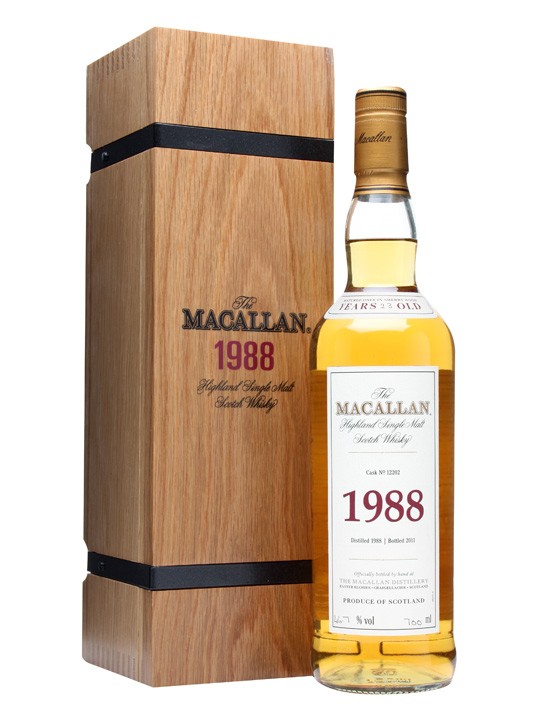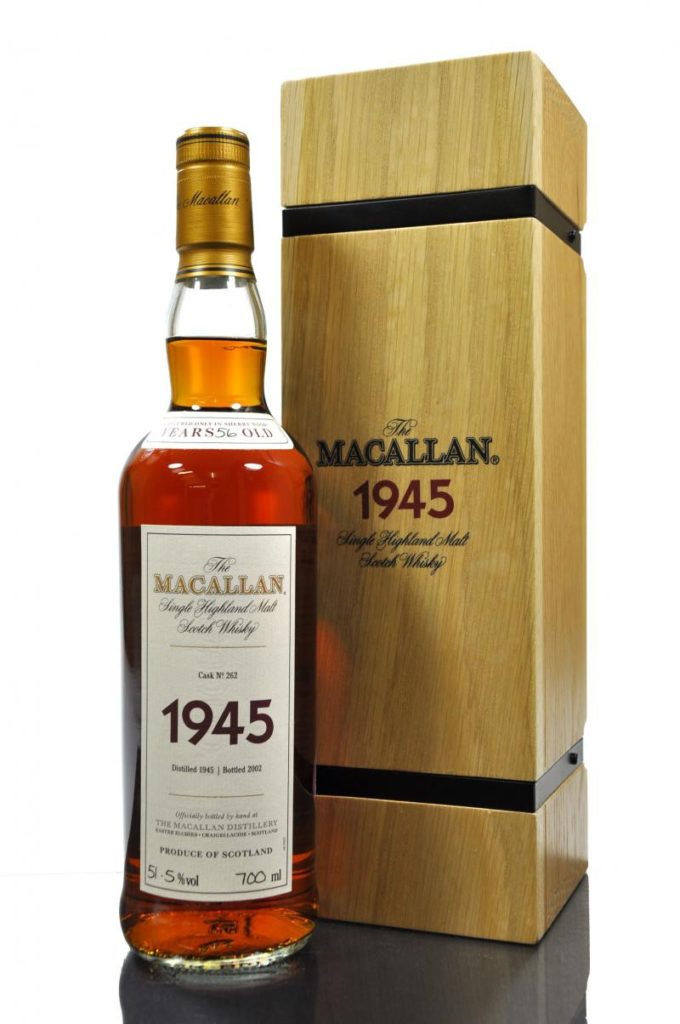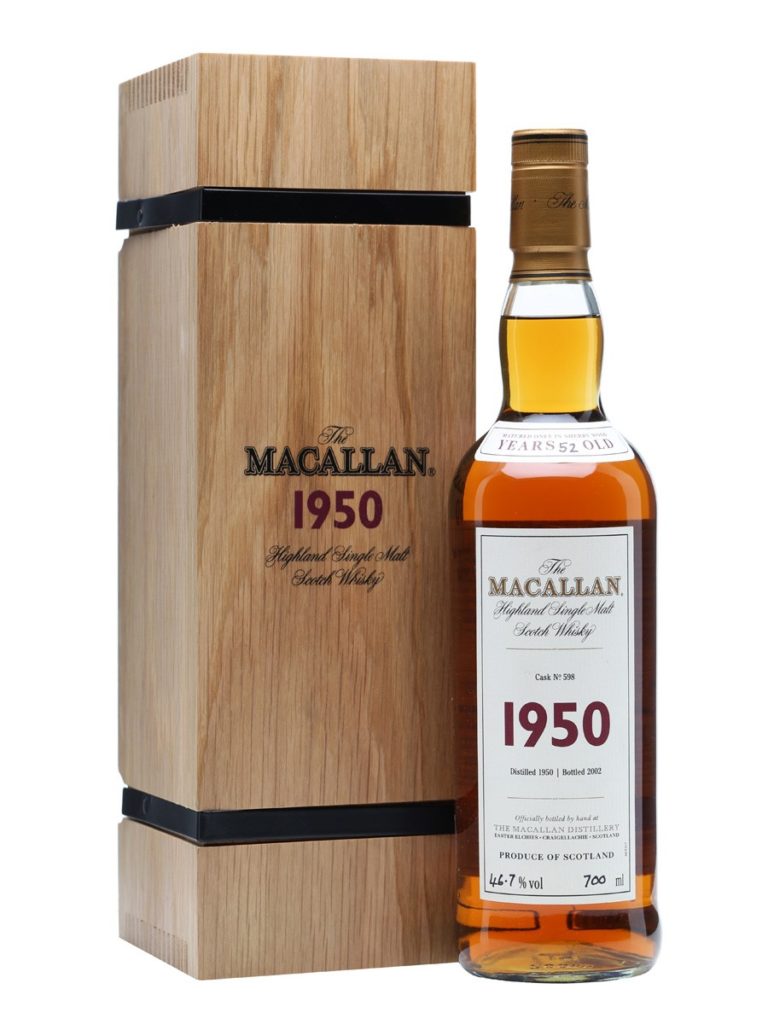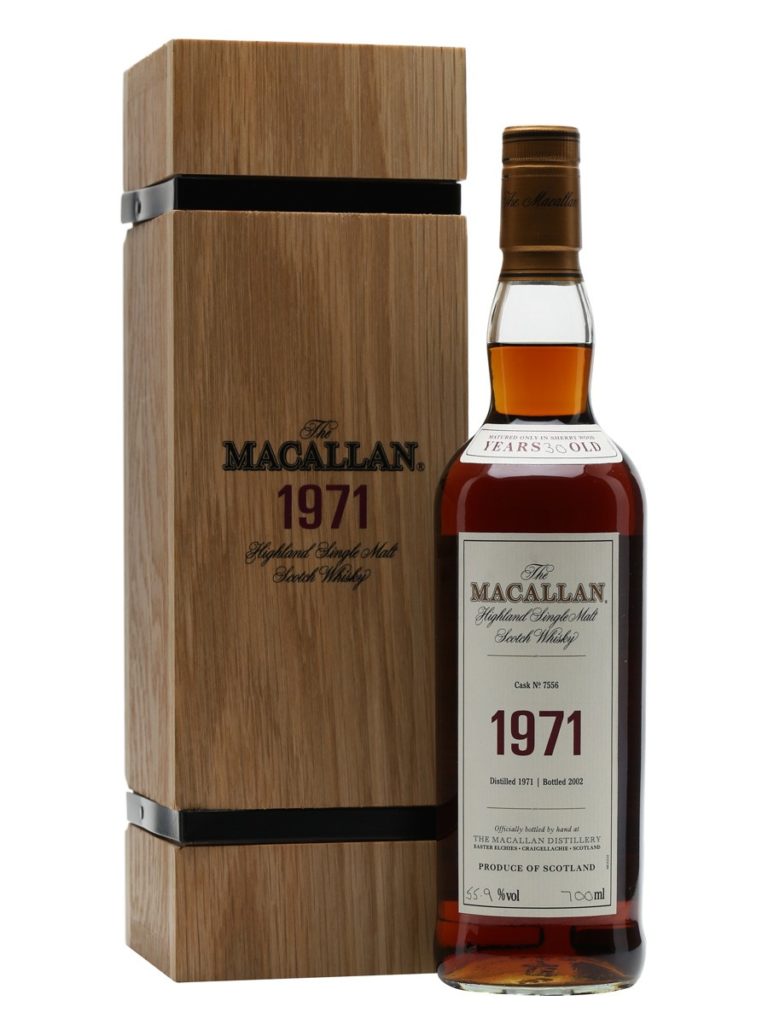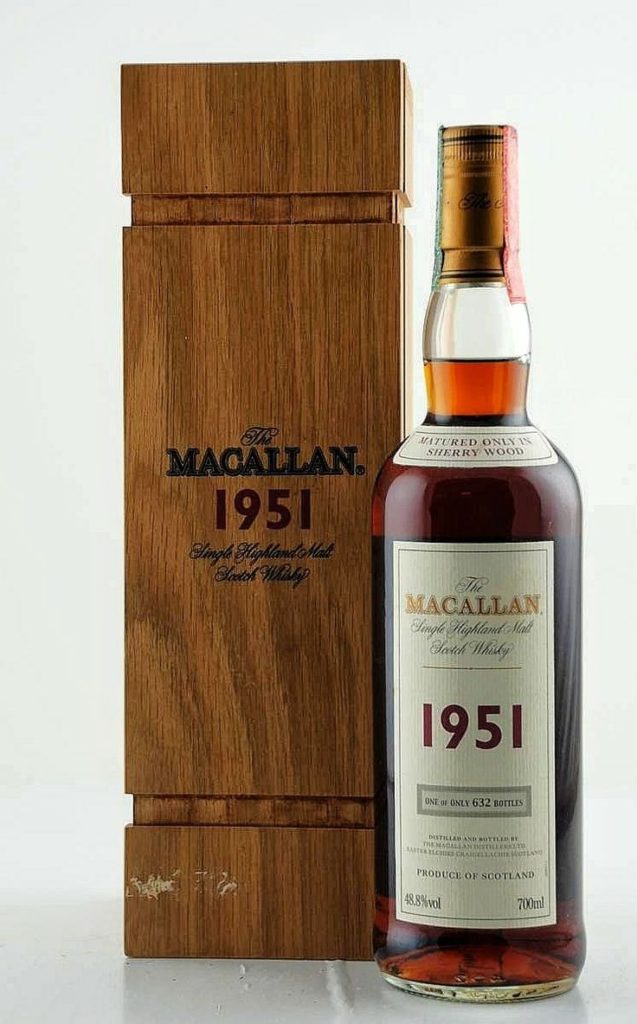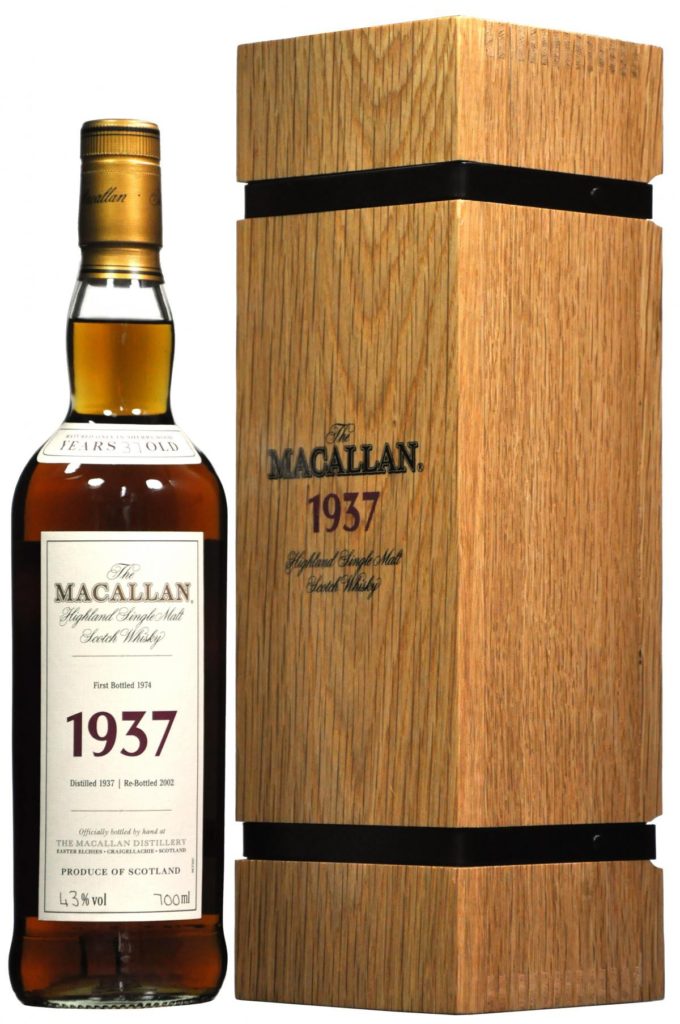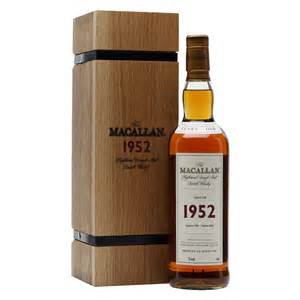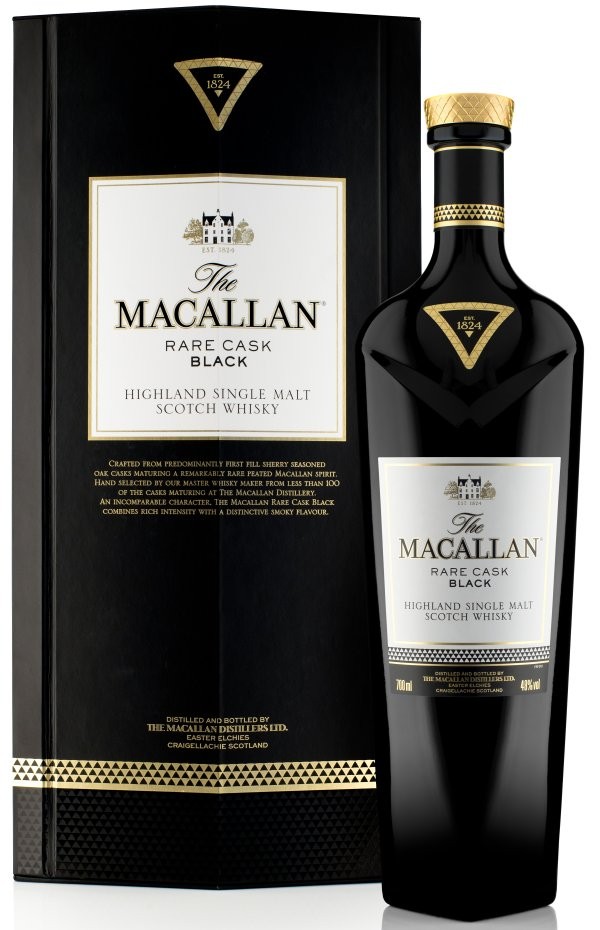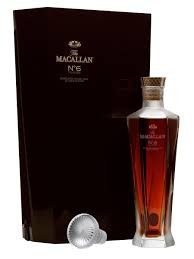The Macallan used Speyside peat in the malting process from inception in 1824 through the late nineteenth century when railways brought more heat efficient fuels like coal. By the 1930’s, peat was still there, although it is only lightly discernible. But the World War years limited the supply of fossil fuels, so the peat was used again for a while; effectively disappearing in the post-war years.
Search Results for: macallan
The Macallan used Speyside peat in the malting process from inception in 1824 through the late nineteenth century when railways brought more heat efficient fuels like coal. By the 1930’s, peat was still there, although it is only lightly discernible. But the World War years limited the supply of fossil fuels, so the peat was used again for a while; effectively disappearing in the post-war years.
The Macallan used Speyside peat in the malting process from inception in 1824 through the late nineteenth century when railways brought more heat efficient fuels like coal. By the 1930’s, peat was still there, although it is only lightly discernible. But the World War years limited the supply of fossil fuels, so the peat was used again for a while; effectively disappearing in the post-war years.
The Macallan used Speyside peat in the malting process from inception in 1824 through the late nineteenth century when railways brought more heat efficient fuels like coal. By the 1930’s, peat was still there, although it is only lightly discernible. But the World War years limited the supply of fossil fuels, so the peat was used again for a while; effectively disappearing in the post-war years.
The Macallan used Speyside peat in the malting process from inception in 1824 through the late nineteenth century when railways brought more heat efficient fuels like coal. By the 1930’s, peat was still there, although it is only lightly discernible. But the World War years limited the supply of fossil fuels, so the peat was used again for a while; effectively disappearing in the post-war years.
The Macallan used Speyside peat in the malting process from inception in 1824 through the late nineteenth century when railways brought more heat efficient fuels like coal. By the 1930’s, peat was still there, although it is only lightly discernible. But the World War years limited the supply of fossil fuels, so the peat was used again for a while; effectively disappearing in the post-war years.
The Macallan used Speyside peat in the malting process from inception in 1824 through the late nineteenth century when railways brought more heat efficient fuels like coal. By the 1930’s, peat was still there, although it is only lightly discernible. But the World War years limited the supply of fossil fuels, so the peat was used again for a while; effectively disappearing in the post-war years.
Producer: Macallan
Alc/Vol: 43%
Size: 75cl
Country: Scotland
Region: Speyside
Varietal: Single Malt
Crafted from less than 100 predominantly first fill, Sherry seasoned European and American oak casks, the “remarkably rare” release is part of the 1824 Masters Series.
Producer: Macallan
Alc/Vol: 43%
Size: 70cl
Country: Scotland
Region: Speyside
Varietal: Single Malt

